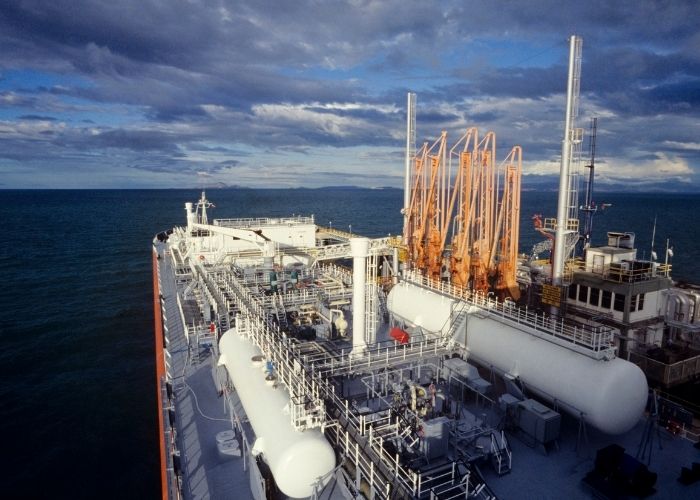The war in Ukraine will not lead to a shortage of natural gas in Spain, which not only has more reserves than other EU countries and is less dependent on gas from Russia but also has good prospects due to the arrival of tankers with liquid gas in Spanish ports.
The message from the Spanish Secretary of State for Energy and from the company Enagás is that Spain will have no problems with its gas supply as a result of the war in Ukraine. And, furthermore, it is ‘guaranteed for the coming months’. The origin of the imported natural gas and the reserves at its disposal contribute to this. A positive side effect is that winter is almost over and natural gas consumption, for example for heating, will decrease.
What will happen to prices on the international market?
A point of attention is the price that has to be paid for the gas. The war in Ukraine may make other countries, which are more dependent on Moscow than Spain, look for other suppliers. Therefore, this could increase prices on the international market. For now, however, Russian gas continues to flow through Europe. And, moreover, supplies will not be affected by the economic sanctions imposed by the EU on Vladimir Putin’s regime.
French gas pipeline poses problem
Enagás made a statement on Thursday ruling out that the war in Ukraine will lead to a natural gas shortage. On the contrary, Ukraine’s position as one of the main EU countries converting liquefied natural gas into gas is reinforced. However, the problem is that the gas pipeline with France does not have enough capacity to supply other European countries.
Twice the minimum safety reserve
Currently, natural gas reserves amount to 58.9% of the capacity of the three underground storage facilities in Spain; in Guadalajara, Huesca, and on the coast of the province of Vizcaya. Although the figure is imprecise, these reserves could be close to the equivalent of 40 days’ consumption or sales. This is double the minimum safety stock set by the Corporación de Reserves Estratégicos de Productos Petícolas (CORES). This percentage is higher in Spain than in other European countries such as Italy, where 40% or 45% is not achieved.
Multiple suppliers
The Spanish government is currently not afraid that these reserves will run out if the war in Ukraine continues. Russian gas represents only 5% of imports. According to Cores, Spain imported 37,027 GWh from Russia in 2021, less than half the imports from other European countries. That is only a fifth of the 177,990 GWh that came from Algeria, Spain’s main supplier.
Imports of natural gas from Nigeria and the United States also exceeded those from Russia. And natural gas was also imported from Norway, Peru, and Trinidad and Tobago. In all these cases, the gas is liquefied, which means that it takes up much less space, and is transported in ships to six Spanish ports, where it is returned to its gaseous state in a special facility. These are the ports of Barcelona, Sagunto, Cartagena, Huelva, Bilbao and Ferrol. Between February and March, Spain is assured of the arrival of 56 ships, which may be increased by four ships – to be auctioned0. The arrival of liquefied natural gas ships in Spanish ports works with a system of slots, similar to the system that exists at airports with aircraft.
The companies must request permission to dock and so Enagás has scheduled the arrival of 27 ships this month – of which 23 have already arrived – and a further 29 in March, in addition to the other four that may be added next week after the auction. In all these cases, it is the gas trading companies that make the purchases and transfers from the countries of origin, while Enagás guarantees the infrastructure.
Provision for unexpected events
In addition to all these movements that contribute to the creation of the national natural gas reserve, there is another way of supply that responds to criteria such as weather and possible adverse events and allows for changes if necessary. This is the winter action plan for the gas system, which starts from the normal supply and guarantees a surplus on top of it. The last time reserves were released was during the Filomena storm in 2021. But now, a few days after Russia attacked Ukraine, the Ministry of Ecological Transition assures that this was not necessary. Everything is working as planned.


